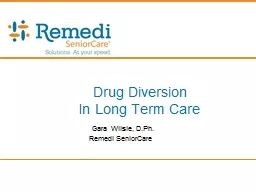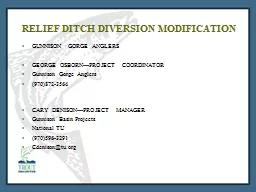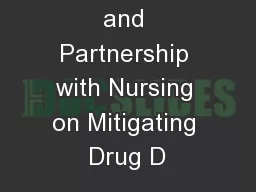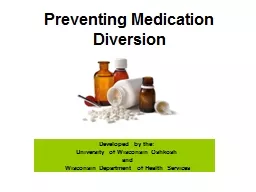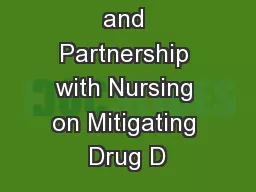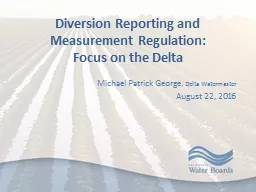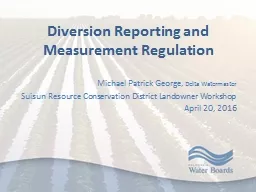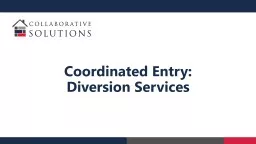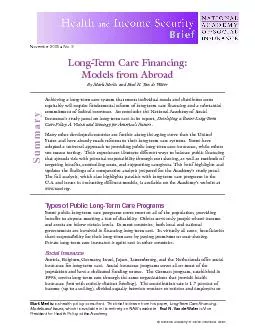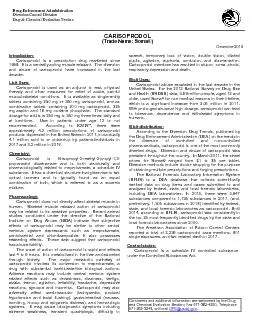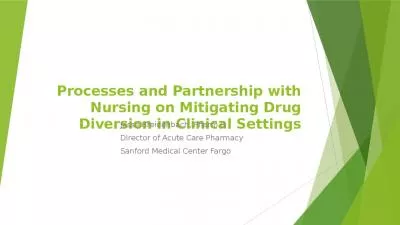PPT-Drug Diversion In Long Term Care
Author : lindy-dunigan | Published Date : 2018-12-30
G Gara Wilsie DPh Remedi SeniorCare ROOkkla G Oklahoma City Ok 73108 Learning Objectives What is Diversion of drugs and why does it happen What are the signs to
Presentation Embed Code
Download Presentation
Download Presentation The PPT/PDF document "Drug Diversion In Long Term Care" is the property of its rightful owner. Permission is granted to download and print the materials on this website for personal, non-commercial use only, and to display it on your personal computer provided you do not modify the materials and that you retain all copyright notices contained in the materials. By downloading content from our website, you accept the terms of this agreement.
Drug Diversion In Long Term Care: Transcript
Download Rules Of Document
"Drug Diversion In Long Term Care"The content belongs to its owner. You may download and print it for personal use, without modification, and keep all copyright notices. By downloading, you agree to these terms.
Related Documents

